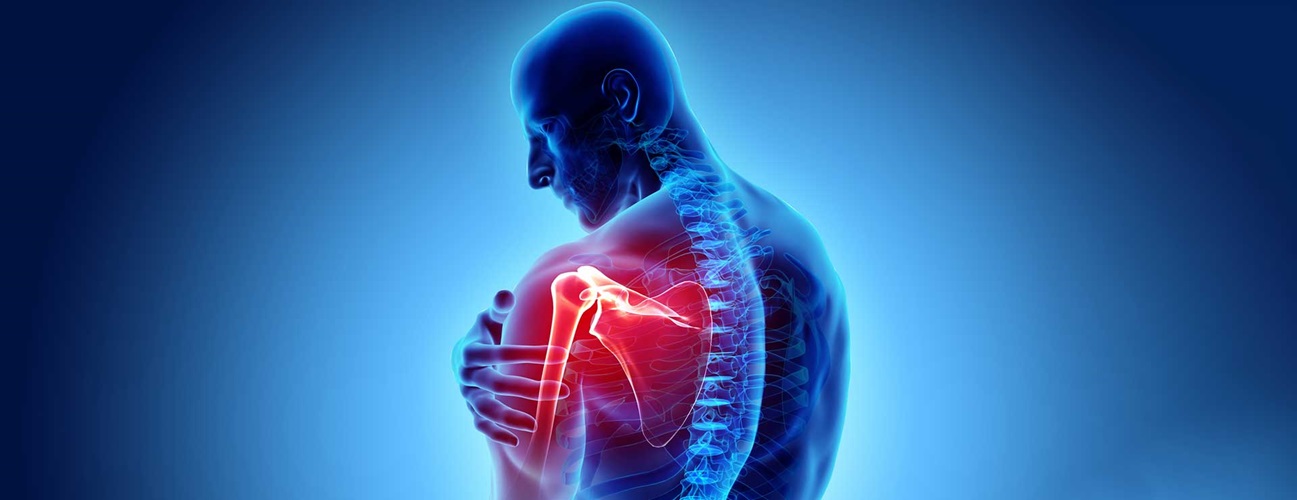Program 1
In Silico Upper Extremity Modelling and Simulation
The broad goal of this program is to develop a computational framework for modelling shoulder function in both healthy people and those with shoulder dysfunction. This includes developing anatomical models of shoulder anatomy across the population, and models of bony and soft tissue mechanics in activities of daily life and after injury and surgery. These models will then be adapted for designing shoulder implants, planning shoulder surgeries, and clinical decision-making.

Prof Lynne Bilston
Senior Principal Research Scientist UNSW Neuroscience Research Australia E: [email protected]

Prof Peter Pivonka
Prof & Chair Biomedical Engineering Faculty of Engineering, QUT E: [email protected]
Program Participants

Post-doc Fellow
Bart Bolsterlee
Read Bio
Dr Bart Bolsterlee is a mechanical and biomedical engineer with specific expertise in imaging and biomechanical modelling of the human musculoskeletal system. During his PhD he developed and evaluated tools for computational modelling of the human upper limb. As a postdoctoral researcher at NeuRA, he pioneered methods to reconstruct and quantify the three-dimensional architecture of human skeletal muscles from magnetic resonance and diffusion tensor imaging data.
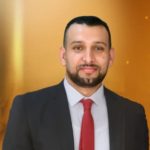
POST-DOC FELLOW
Laith Alzubaidi
Read Bio
Laith Alzubaidi is currently a postdoctoral researcher in the School of Mechanical, Medical, and Process Engineering.
He is currently also a Ph.D. candidate in his last year in the field of medical imaging analysis with deep learning at the Queensland University of Technology (QUT) in Brisbane, Australia. He holds a master’s degree in computer science from the University of Missouri (2016), USA. He has been awarded two scholarships: the Prime Minister of Iraq’s Outstanding Students Scholarship, received during his master’s degree, and a second scholarship awarded by the QUT for his Ph.D. He has published more than 40 refereed research papers. He is collaborating with other researchers around the world including USA, UK, Spain, Australia, and Malaysia, leading to more than 25 joint research publications.
He reviews papers for multiple journals more than 40 journals including PLoS ONE, IEEE Transactions on Medical Imaging, and Cancers MDPI, etc. He has been chosen by a journal of electronics as a guest editor. For more about Laith’s publications and interests, please follow the link: https://scholar.google.com/citations?user=TqoZSacAAAAJ&hl=en
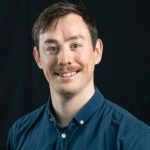
POST-DOC FELLOW
Dermot O’Rourke
Read Bio
Dr Dermot O’Rourke has started as a Post-doctoral Fellow in Program 1 and brings expertise in orthopaedic biomechanics, primarily focused on the biomechanics of diseased and implanted bones. He received his PhD at Flinders University during which he developed computational tools for population-based studies of acetabular components in total hip replacement. Since, he has developed computer methods to quantify changes in hip BMD and strength in exercise, used statistical shape models to investigate the relationship between knee shape and motion, and used advanced experimental techniques to examine the contribution of ligaments to the mechanics of healthy and implanted knees. Dermot is based at Gardens Point campus of QUT.

PhD Student
Xiaolong Fan
Read Bio
Xiaolong is our PhD student in shoulder biomechanics at QUT. He takes a multidisciplinary approach that encompasses the modelling and experiment to support surgery selecting suitable implant for independent patients basic on CT image. He holds master’s degree from QUT which focused on understanding of biomechanical properties of red kangaroo shoulder humeral cartilage.’
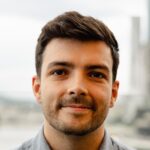
POST-DOC FELLOW
Max Lavaill
Read Bio
“Investigation on patient-specific features of shoulder MSK modelling. Study of an MRI-based EMG-driven model.”
Max completed his PhD through the ARCITTC-JB at QUASR/QUT in 2023 and has since been appointed to a postdoctoral fellowship position to continue his work on the analysis of soft tissues actions implied in shoulder stability and motion. he works with computational modelling as well as human kinematics and EMG recordings as key tools for his research. His research focuses on studying the influence of patient-specific modelling features on the joint simulations. As part of the work in Program 1 he continues to supervise and support several of our PhD students at the centre.

PHD STUDENT
Yilan Zhang
Read Bio
“Magnetic resonance imaging (MRI) protocols and analysis pipelines for automated reconstruction of shoulder anatomy.”
Yilan is a first-year PhD student in biomedical engineering at UNSW. Her main research interest centres around image-based anatomical modelling of human shoulder muscles. Her PhD project aims to develop magnetic resonance imaging (MRI) protocols and analysis pipelines for automated reconstruction of shoulder anatomy. Using statistical shape modelling techniques, population-representative three-dimensional shoulder models will be generated that can be used in computational models of the shoulder.
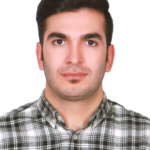
PHD STUDENT
Hossein Ahmadi
Read Bio
Hossein is a PhD candidate in the Prince of Wales Clinical School at Neuroscience Research Australia, University of New South Wales. His project aims to develop a 3D finite element model of the shoulder muscles to examine the effects of soft tissue tensioning and muscle activation on joint loading and stability. With a MSc degree at University of Tehran focusing on Injury Biomechanics, He joined University of Technology Sydney as a Research Assistant working on Inertial Microfluidics with the potential application in disease diagnostics.
He has a strong foundation and high level of expertise in Computational Modelling and Simulation across different industries.
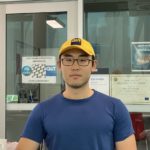
PHD STUDENT
Jinshuai Bai
Read Bio
Jinshuai is a PhD student under the supervision of Prof. Yuantong Gu at QUT. He has finished his master by research degree at QUT, majoring in data-driven computational mechanics.
Currently, he is investigating the possibility of combination of deep learning techniques and computational mechanics for biomechanics applications. Jinshuai has been working on computational mechanics for many years. He has solid foundations for mechanics and good experiences in various computational methods.
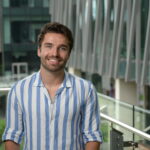
PHD Student
François Bruyer-Montéléone
Read Bio
“Development of a musculoskeletal modelling platform for simulating pathological conditions of the shoulder joint.”
François will conduct his PhD within the School of Mechanical, Medical & Process Engineering at QUT with Prof Peter Pivonka. His research is focused on developing a musculoskeletal modelling platform for simulating pathological conditions of the shoulder joint with an aim to better understand the effect of muscle architecture changes on shoulder kinematics & kinetics after surgical intervention.
